The small car is dead, isn’t it?
The ever-increasing crossover onslaught has sunk a fair few nails into the supermini’s coffin because these high-riding alternatives offer greater street cred for the buyer and a healthier slice of profits for the manufacturer.
Certainly, the UK’s latest top 10 new car sales chart for 2024 would bear this out, filled as it is with SUV-flavoured models of all shapes and sizes.
Then there’s the race towards electrification. Battery power and bargain basement prices don’t currently mix, so the major players have concentrated on bigger models with larger financial margins. Superminis be damned.
But perhaps it was the news that one of the biggest-selling players in town was being put out to pasture that really made motor watchers fear the worst: if Ford couldn’t make a case for the Fiesta, then what hope was there for this previously popular genre? Certainly, Nissan and Kia agreed, quietly dropping the Micra and Rio respectively from their price lists.
Yet where some see despair others spot an opportunity.
After all, the supermini’s blend of affordability, practicality, handy compactness and Swiss Army knife versatility remains a strong draw for many, who understand that the best small cars have the breadth of ability to be much more than mere ‘town cars’.
Introducing the Suzuki Swift and Renault Clio
Quick links: Interior - Driving dynamics - Powertrains - Verdict - Specs
As a result, Suzuki believes its new Swift is likely to be even more popular than its predecessor. Bosses have calculated that there are currently around 250,000 drivers of now defunct models who will want to buy a similar type of car within the next few years (not everyone craves a crossover) and they intend the Swift to be there to pick up the extra sales.
It’s not quite an all-new model, though. Even in the good times, the profitability of small cars was slim, so in these straitened circumstances, even allegedly box-fresh models have to live with make-do-and-mend architecture. Still, the Swift’s existing Heartech platform gets redesigned bodywork, an overhauled interior, new electrified powertrains and the latest safety equipment.
Mind you, the Swift won’t have these customers all to itself. Mazda, Seat, Skoda, Toyota, Vauxhall and Volkswagen all have cars that fulfil the supermini brief to perfection. And then there’s Renault, whose Clio is our current class champion and is the car the Suzuki must beat.
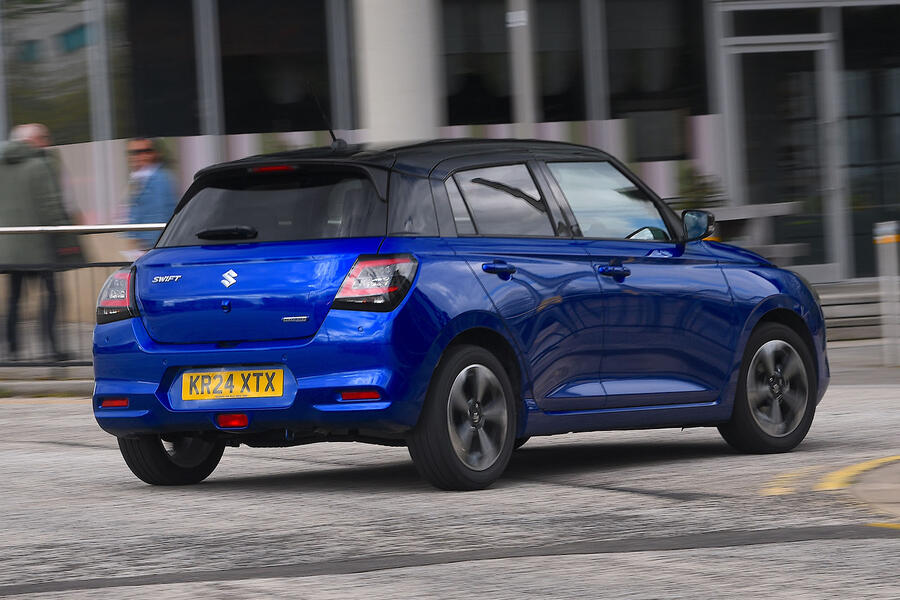
















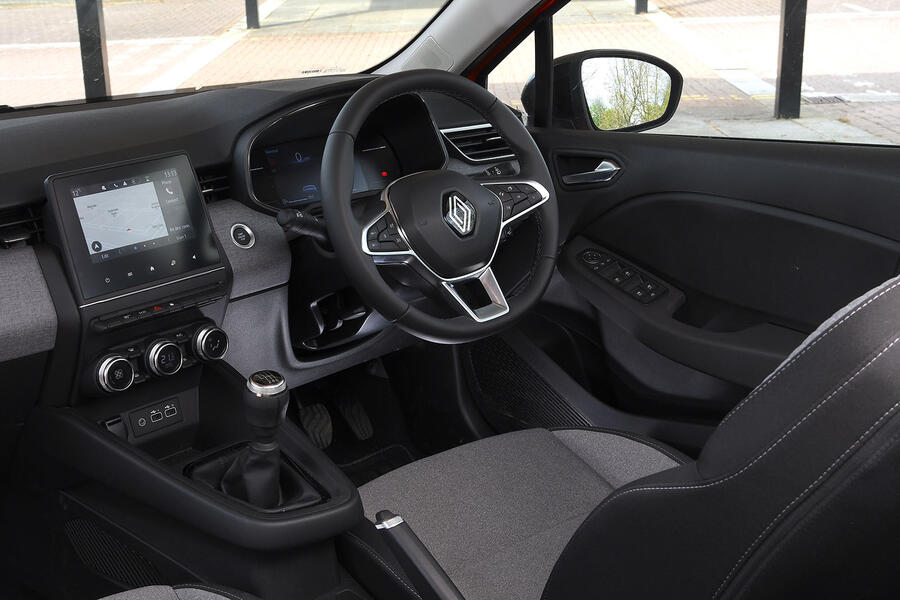
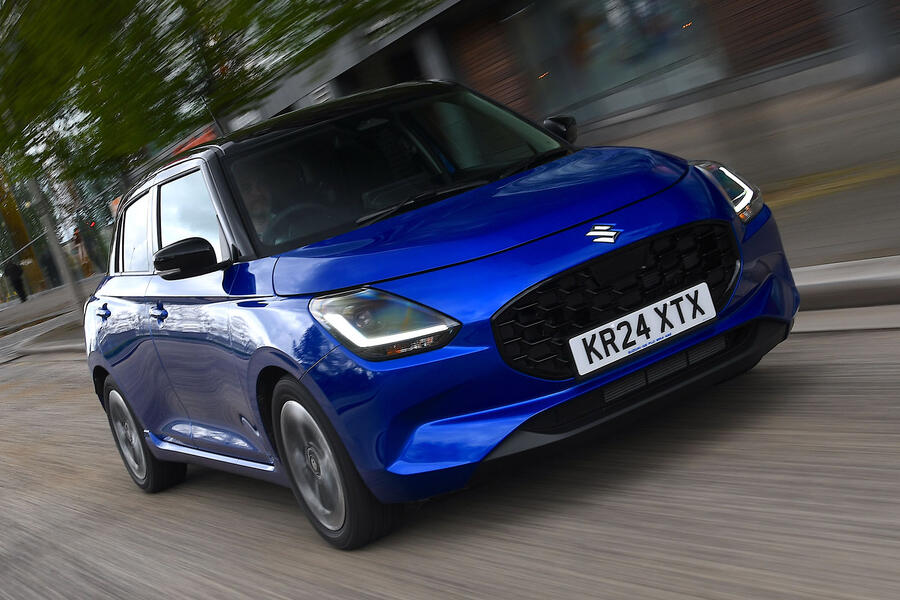
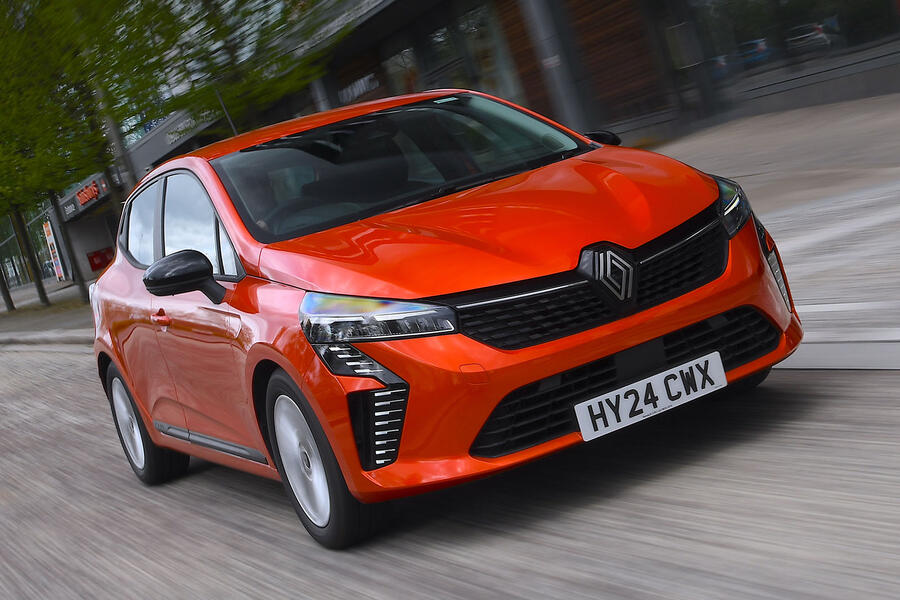

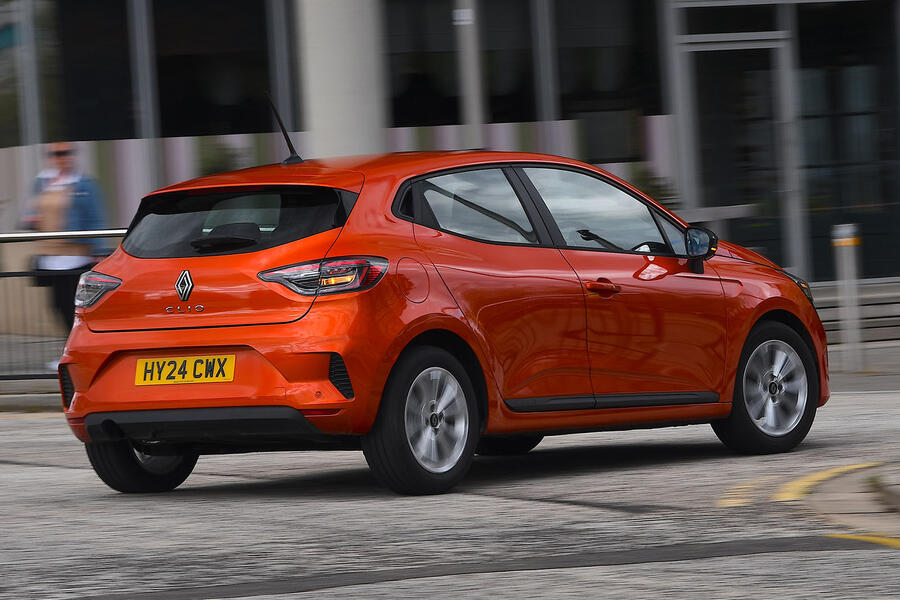
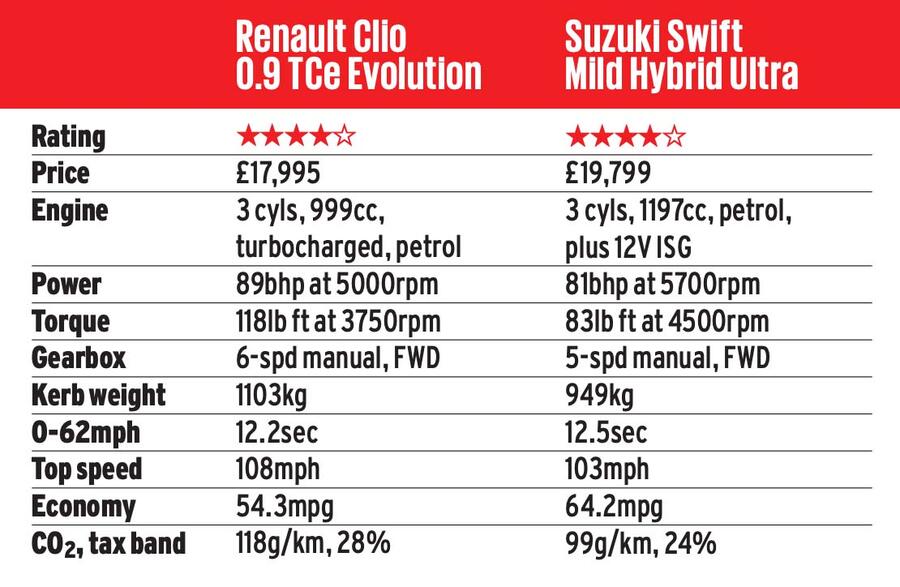





Join the debate
Add your comment
It makes no sense to buy a combustion supermini. They are expensive to run compared to an EV and most of the over-priced petrol your pour into them is wasted as heat. Plus what happens to used values when the market pivots further towards electrification? Buying a new combustion car is like buying a Nokia brick phone when you could have an iPhone.
Or Just get a new Citroen C3 which is cheaper and better than both of these, it also looks like a mini SUV so in the eyes of many more desireable.